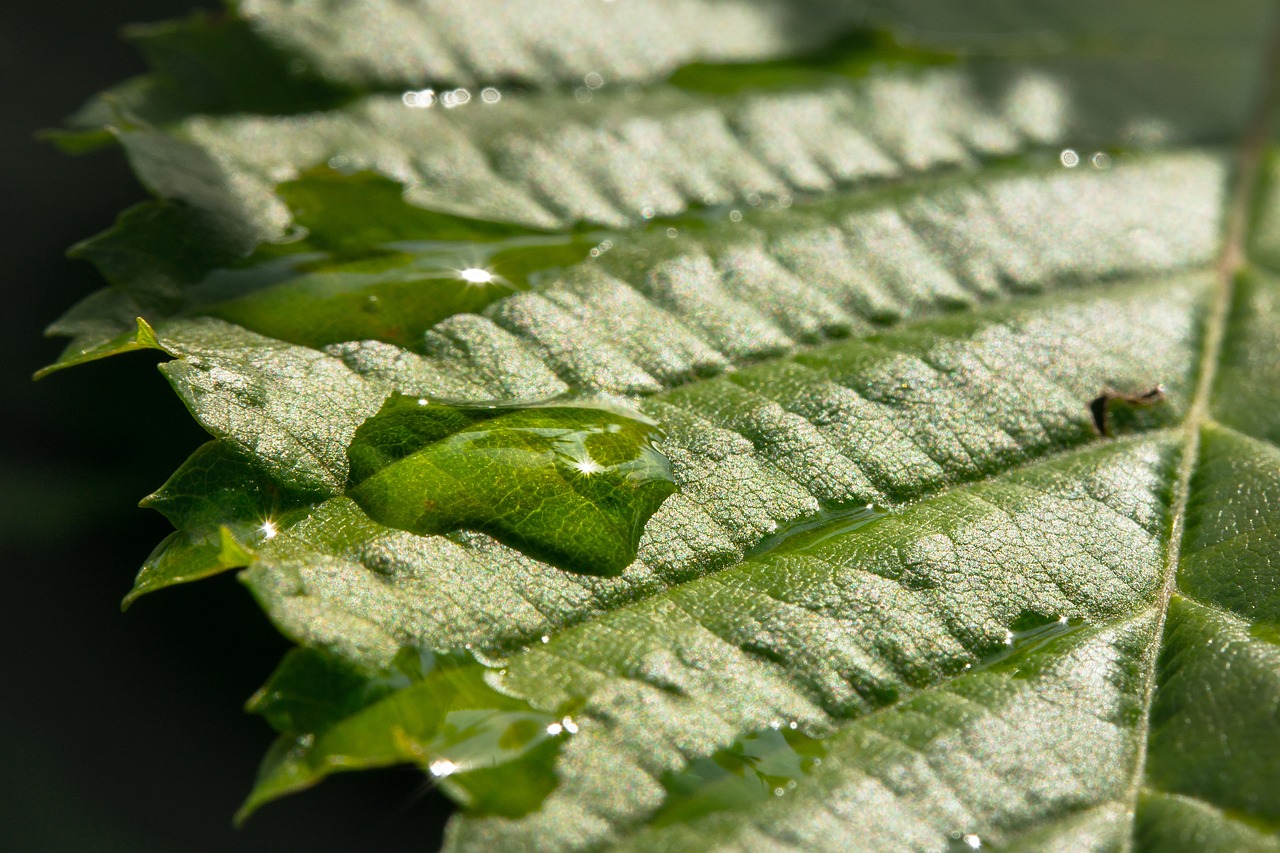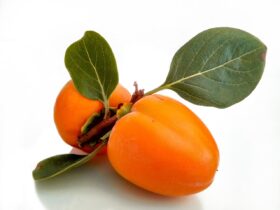“표면장력”은 영어로 ”Surface Tension”으로 번역됩니다. 이는 액체의 표면에서 발생하는 힘으로, 액체 분자 간의 인력으로 인해 발생합니다.
”표면장력”을 표현하는 방법
- Surface Tension (표면장력)
- Liquid Surface Tension (액체 표면장력)
- Intermolecular Force (분자 간 힘)
1. Surface Tension
“Surface Tension”은 액체의 표면에서 발생하는 장력을 나타냅니다.
- “Surface tension allows small insects to walk on water.” (표면장력 덕분에 작은 곤충이 물 위를 걸을 수 있다.)
- “The phenomenon of surface tension is crucial in various scientific applications.” (표면장력 현상은 다양한 과학적 응용에서 중요하다.)
2. Liquid Surface Tension
“Liquid Surface Tension”은 액체에 특정한 것을 강조하는 표현입니다.
- “Liquid surface tension plays a key role in the formation of droplets.” (액체 표면장력은 물방울 형성에 중요한 역할을 한다.)
- “The liquid surface tension can be affected by temperature and impurities.” (액체 표면장력은 온도와 불순물에 의해 영향을 받을 수 있다.)
3. Intermolecular Force
“Intermolecular Force”는 분자 간의 힘을 설명하는 용어입니다.
- “Surface tension is a result of intermolecular forces acting at the surface of the liquid.” (표면장력은 액체의 표면에서 작용하는 분자 간 힘의 결과이다.)
- “Understanding intermolecular forces is essential to explain surface tension.” (분자 간 힘을 이해하는 것은 표면장력을 설명하는 데 필수적이다.)
“표면장력”은 영어로 ”Surface Tension,” “Liquid Surface Tension,” 또는 ”Intermolecular Force”로 표현되며, 액체의 표면에서 발생하는 힘을 설명하는 데 사용됩니다.













Leave a Reply